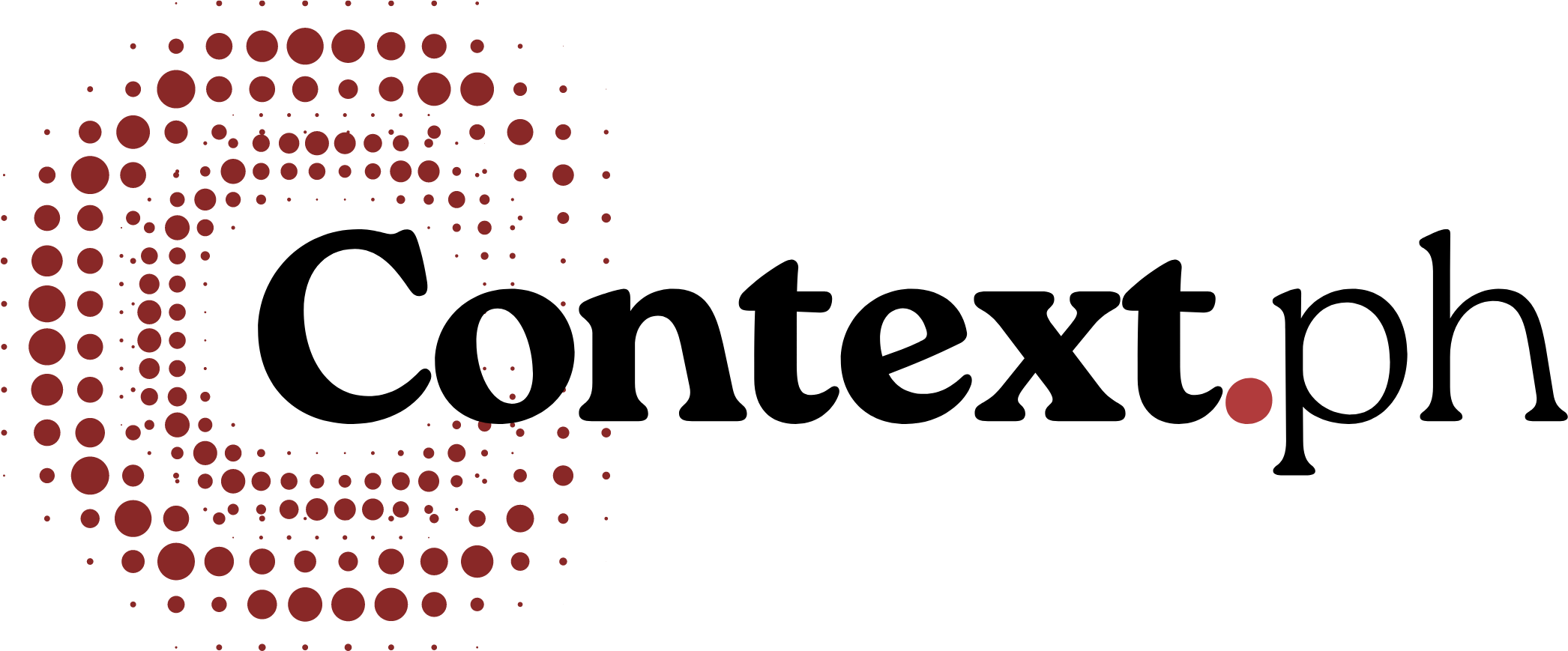Filipinos are heading into the second half of 2025 with a blend of financial hope and prudence, according to TransUnion’s Q2 2025 Consumer Pulse Study, which highlights a growing focus on income growth, debt management, and access to credit despite persistent economic pressures.
The survey reveals that 73 percent of respondents expect their income to rise over the next 12 months, while 41 percent already reported gains in the past quarter. However, rising inflation (83 percent), job security (59 percent), and interest rates (40 percent) remain dominant concerns, prompting nearly half (47 percent) of Filipinos to cut discretionary spending and a quarter (24 percent) to reduce digital service subscriptions.
In a shift toward long-term financial resilience, 45 percent of consumers boosted emergency savings, and 33 percent paid down debts faster, echoing patterns from a year earlier. “Filipino households are approaching their finances with cautious optimism,” said Weihan Sun, principal of research and consulting for Asia Pacific at TransUnion. “They’re making deliberate choices to secure their financial futures.”
Credit access remains a cornerstone of these efforts. A growing number—58 percent—see credit as essential for achieving financial goals, with 44 percent feeling they now have sufficient access, up from 38 percent a year ago. Millennials (47 percent) and Baby Boomers (42 percent, up from 28 percent) led the confidence uptick.
However, nearly 57 percent of potential borrowers still abandon credit applications, deterred by fear of rejection or high borrowing costs. “While more Filipinos are optimistic about credit, emotional and structural hurdles remain,” Sun said, urging lenders to offer more inclusive and trust-building credit solutions.
Despite increasing demand—especially for personal loans (45 percent), buy now, pay later options (38 percent), and new credit cards (31 percent)—credit monitoring awareness slipped to 68 percent, its lowest in five quarters. Millennials and Gen Z continue to prioritize monitoring, but Gen X and Boomers lag behind.
The findings from over 900 respondents serve as a critical lens for policymakers and financial institutions, offering actionable insights to shape inclusive products, educational efforts, and regulatory frameworks that can strengthen financial security across all Filipino demographics.







